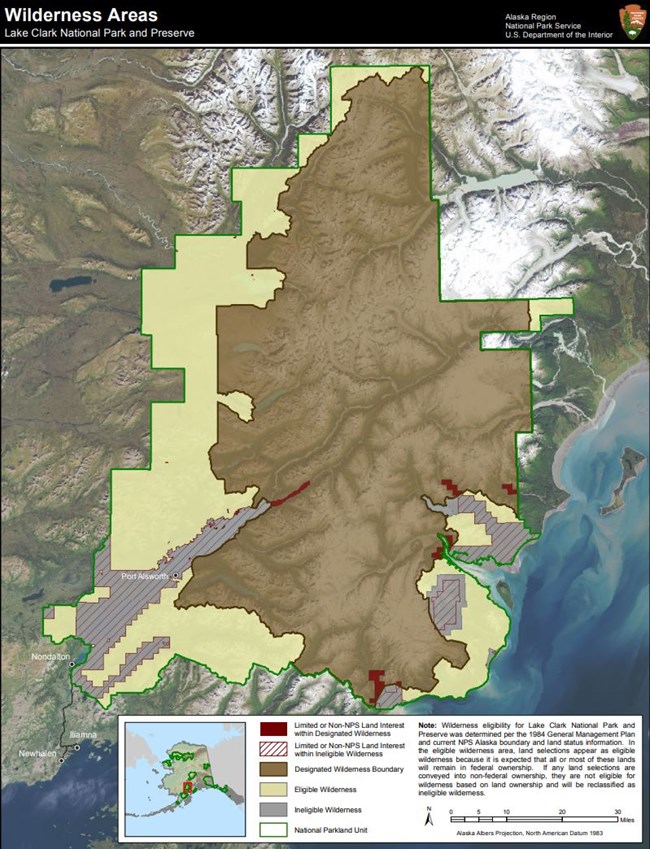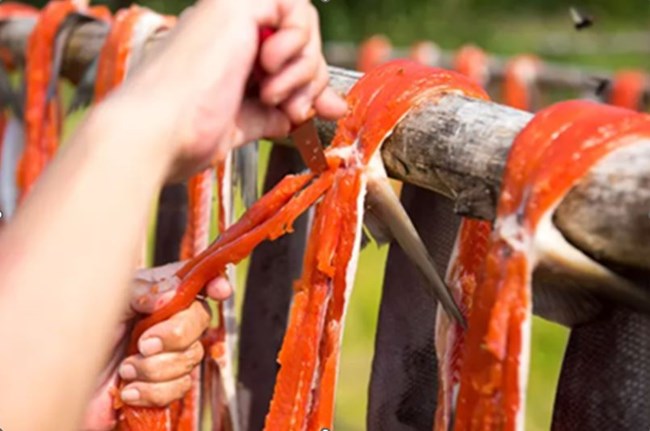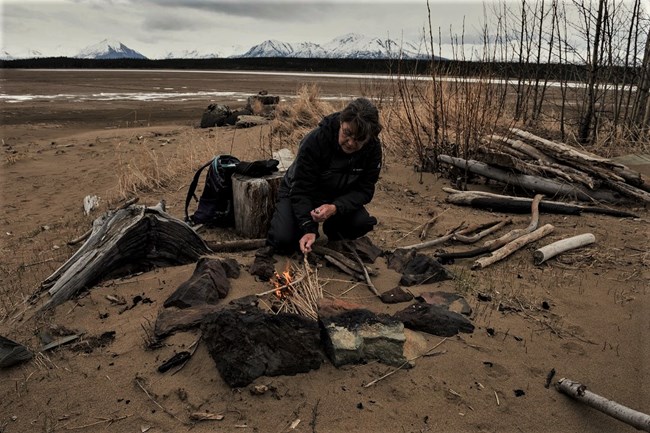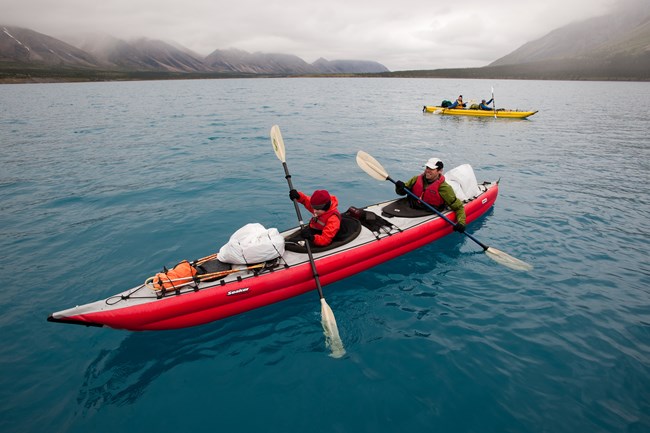
NPS/ K. Knick 
NPS “The wilderness and all that it encompasses is not a mystery; it is us and it is home. It’s as familiar as looking in the mirror.”- Karen Evanoff and Michelle Ravenmoon in “Respecting Ełnena (Land)” Exhilarating. Enlightening. Enduring. Lake Clark Is a Land of Stunning Wilderness. Steaming volcanoes, vast expanses of tundra and forest, craggy snow-covered mountains, incredible wildlife, free-flowing lakes and rivers. Lake Clark National Park and Preserve is a land of wondrous beauty. As remarkable as the sights are, equally remarkable is what we do not see. Most of Lake Clark National Park and Preserve will never be developed, for much of the park has the highest level of protection offered by the federal government: Wilderness. Lake Clark National Park and Preserve manages one of the largest wilderness areas in the United States, providing visitors with superlative opportunities for solitude, challenge, and self-reliance in iconic wild landscapes. Wilderness also helps mitigate the effects of climate change, where the impacts of a changing climate are some of the most pronounced anywhere in the world. Officially named after Governor Jay S. Hammond for his many contributions to Alaska, strong conservation ethic, dedication to the preservation of the Bristol Bay fishery, and his home on Lake Clark, the Jay S. Hammond Wilderness Area encompasses approximately 2.6 million acres and comprises about 64% of the entire park. Additionally, approximately 1.1 million acres is eligible for wilderness designation. All of Alaska’s National Park Service (NPS) wilderness was designated in 1980 by the Alaska National Interest Lands Conservation Act, which created a more human-centric lens for wilderness stewardship than that which is found outside the state. However, the NPS’s primary mandate is the same across all federal lands: to preserve wilderness character. The holistic concept of wilderness character protects the biophysical environment, personal experiences, and symbolic meanings that collectively distinguish wilderness from general backcountry and front country areas. Unique social, cultural, and ecological benefits of wilderness are rooted in wilderness character preservation. The Jay S. Hammond Wilderness Area also protects the connections that people have with the land. Wilderness reflects thousands of years of human residence, further strengthening our connection to these special places. Wilderness as HomelandOne of the most unique aspects of wilderness areas in Alaska is the role they play to support the continuation of a subsistence lifestyle for rural residents. Nowhere is this more profound than in Lake Clark National Park and Preserve, where wilderness protects the water, salmon, wildlife, trees, and plants that rural residents depend on.
NPS/ D. Khalsa Ye’uh Qach’dalts’iyi
|
Last updated: May 13, 2024


